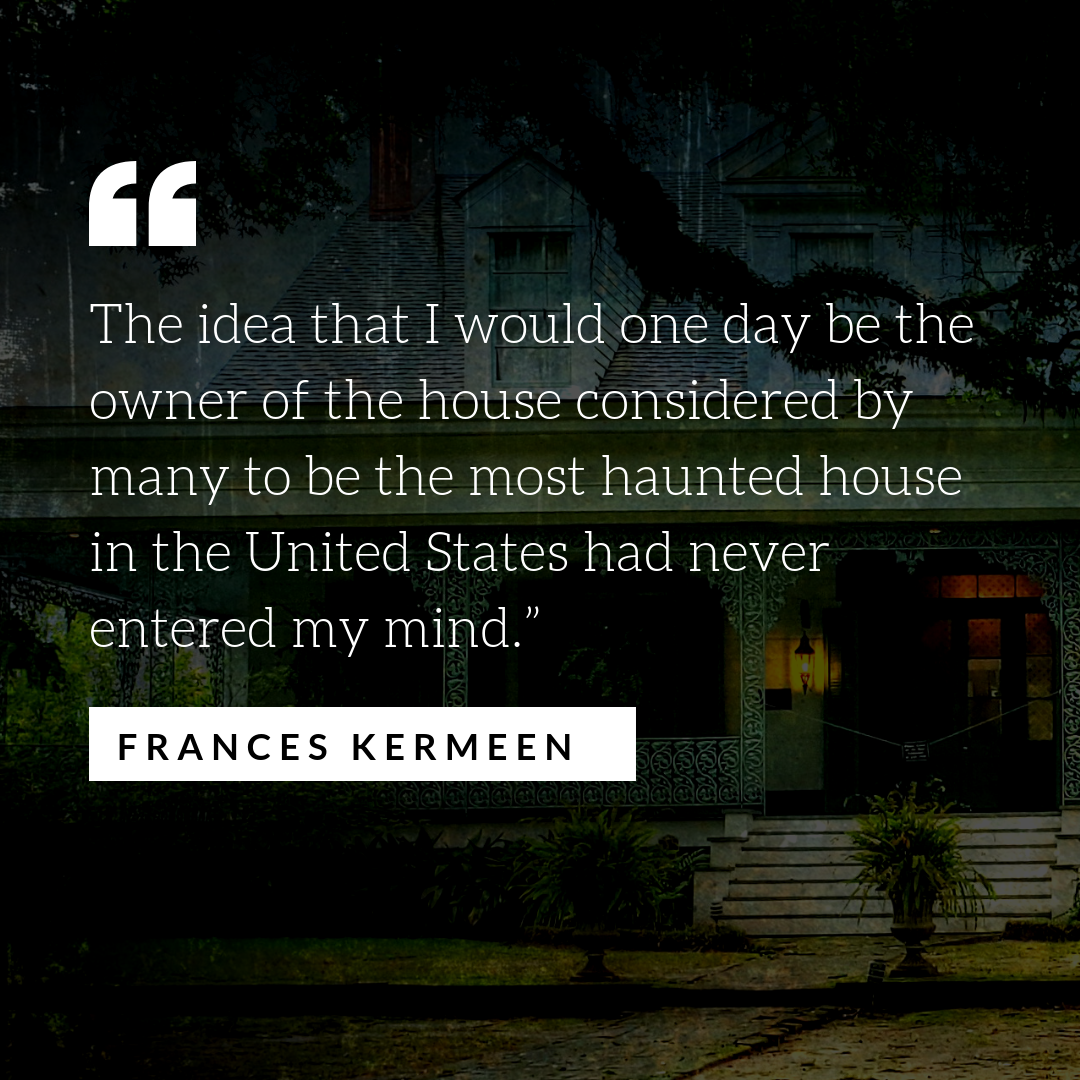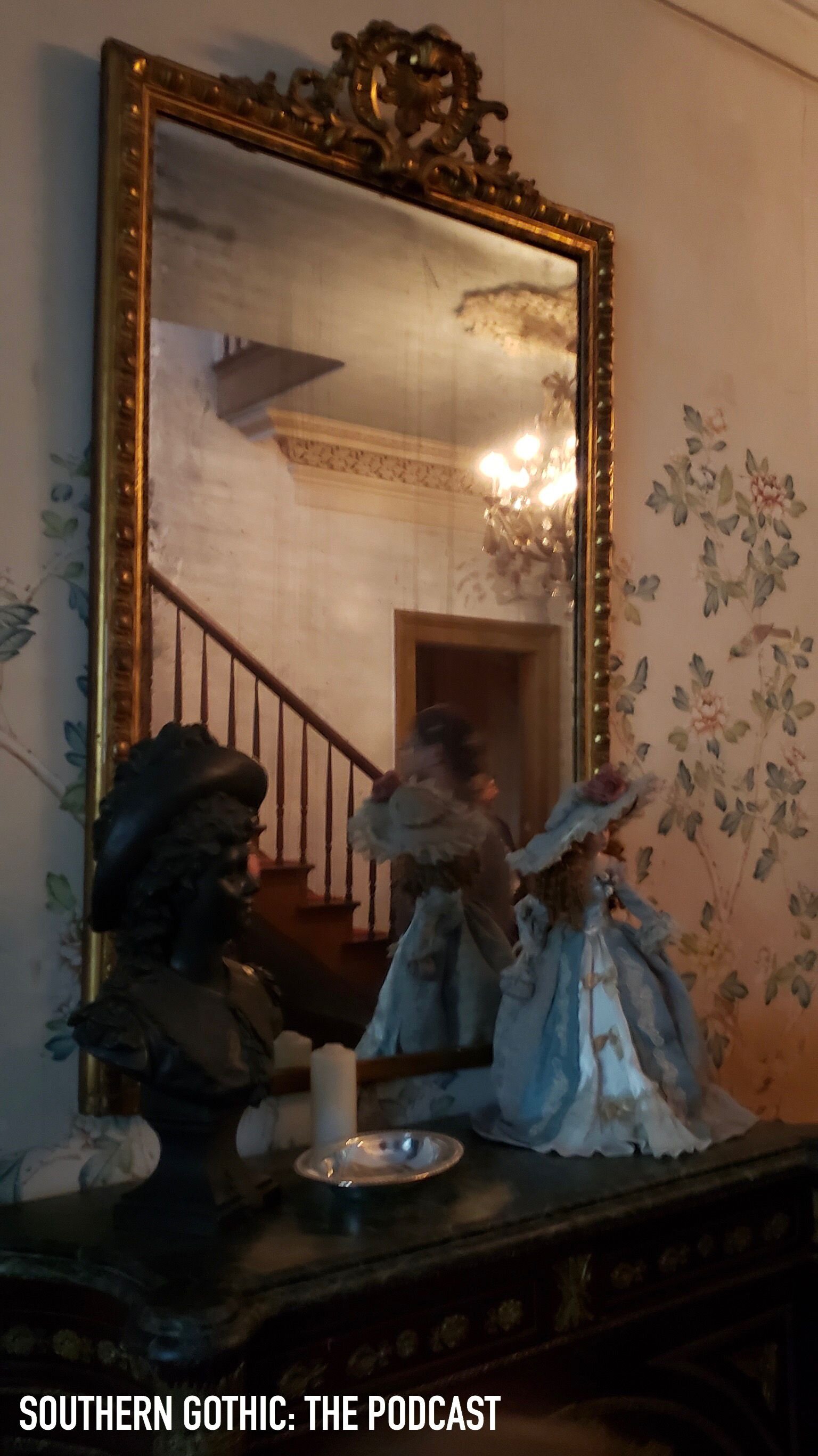America’s most haunted home
Legend says General David Bradford had a price put on his head by President George Washington for his role in the Whiskey Rebellion, that’s why he fled down south and built a plantation for himself in the Spanish part of Louisiana. Bradford went on to live out his days as a wealthy planter, but the legacy of the home he built has evolved into what is today known as the Myrtles Plantation — America’s most haunted home.
Like many of the great antebellum plantations, centuries of tales and legends shroud the Myrtles’ rich history. Some claim it was built on Tunica burial grounds, others that up to ten murders have occurred here. Either way, almost all agree that at least a dozen spirits actively make themselves known.
Ghosts of the myrtles
One of these many souls is Cleo, a supposed voodoo healer brought to the home of William Winter to save his gravely ill daughter Kate. Cleo, who was most likely a slave owned by the family, dutifully performed her healing rituals and prayers for several days until Winter’s daughter lost a horrendous battle to typhoid. Overcome with grief, William Winter had Cleo hanged.
Whether it was a direct result from his role in this violent death or merely coincidence, William Winter met his own demise through violence. In 1871 an unknown man shot Winter on the front porch of the Myrtles. Winter died only minutes later after dragging himself back into the home in search of his wife Sarah. It’s said that he died in her arms after dragging himself up to the seventeenth step of the Myrtles’ rear staircase. The assailant fled and his identity never discovered.
All three of these spirits connected in these tragic legends are believed to still wander the property today. Kate resides in the bedroom where she passed, her father William’s footsteps steps still echo in the stairwell, and Cleo appears from time to time in her nineteenth century clothing. But at the Myrtles Plantation not everything is always quite what it seems.
The truth behind the legends
Historical evidence confirm the tale of both William and Kate Winter’s tragic deaths as factual, but Cleo is truly a mystery. No records exist of the young slave said to be hanged by her master for her failure. Yet the legend persists, these inconsistencies of fact and lore a recurring theme. Numerous other tales are told about the property, some with basis in fact and many with no paper trail or headstone to confirm them.
The region along the Mississippi River between New Orleans and Natchez was one of the richest in the United States prior to the Civil War. From the farming of indigo and sugar cane to the harvesting of timber, these plantations came from humble agricultural beginnings during the French Colonial period, gradually evolving into rich estates with lavish homes and enormous profits. Of course as it was in much of the south, the work done to support these profits was through slave labor and once the Civil War gave these men and women their due freedom, profits tanked. Scores of planters were bankrupted and their lavish family homes lost to decay. Legends rose from these ashes.
Fortunately, the Myrtles Plantation survived. Numerous owners have taken on the property over the years, leading to its current identity as a popular bed and breakfast where guests are even invited to stay in one of the same bedrooms where legends of the past took place. While the South is littered with places like this — institutions shrouded in mystery, cemeteries filled with ghosts, and homes haunted by tragedy — not all still stand today with the same beautiful upkeep and care.
The Myrtles Plantation may not actually be America’s Most Haunted Home, but its ability to survive has made it one of the most iconic of the American South.
Guest Voiceovers:
Simone Taylor, creator of 90’s True Crime
Zach Auld, host of CastJunkie
Additional Reading and Resources:
“The Myrtles Plantation: The True Story of America’s Most Haunted House” by Frances Kermeen
“The Haunting of Louisiana” by Barbara Sillery
“Tales From the Haunted South: Dark Tourism and Memories of Slavery from the Civil War Era” by Tiya Miles












